Australia So Much to See


Silverton, New South Wales - a mining ghost town?
The smelter was built to treat the ore from the Daydream Mine close by and was opened in 1885 but it was only used for a year closing
down in 1886. It was reopened for a short period to treat the first silver ore from the new Broken Hill mines, but the end of
1888 the smelter was closed for ever, and everything that could be used in the new Broken Hill Smelters was salvaged.
All that
remains at the site is the circular chimney stack, the stone sided walls of a rising flue tunnel that connected the smelter to the
chimney stack on the hilltop and various support walls and foundations can be seen at right.
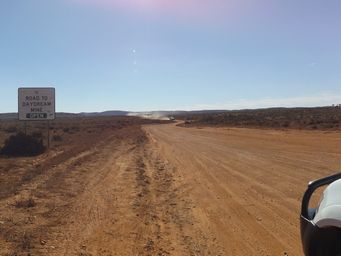
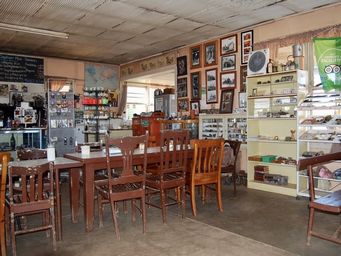
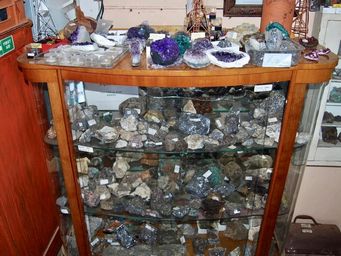
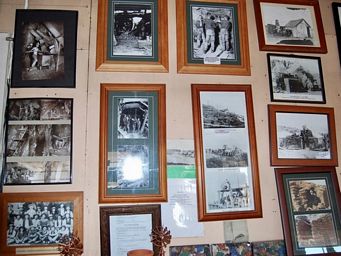
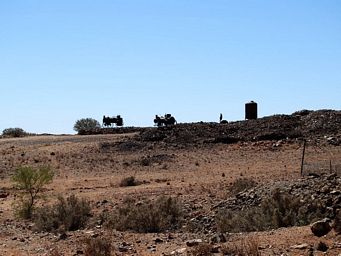
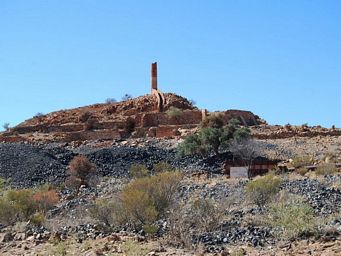
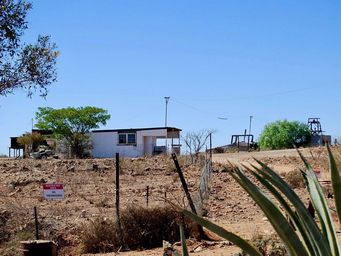
Daydream mine is now heritage listed, and open for tourism. There is a quaint café, shop and display area. Underground mine tours can be taken. Photos above and below.
Penrose Park, named after John Penrose, a pioneering brewer at Silverton, was the attraction for these picnic excursions. Located
beside Umberumberka Creek on the outskirts of Silverton, it was maintained as a recreation area for mining families from Broken Hill.
In 1893 it was the unsuccessful site for a racecourse. For decades it remained as a picnic ground but was somewhat neglected until
the mid 1930s when the Broken Hill mining companies decided it was an admirable recreation site for their employees.
Money was spent on upgrading sporting facilities, playgrounds, and parklands, such that throughout the 1940s and 50s it became a major
recreational facility. Huge annual picnics/fairs were held there by social and sporting clubs, and by mining companies. The convoys
of family cars headed to and from Broken Hill to Penrose Park were so heavy that it became one of the first sealed roads outside Broken
Hill. By the mid 1960s interest began to wane, as did support from the mining companies, and so the park fell into slow decline. Penrose
Park remains today, but is now little more than a basic bush style campground and bunkhouse accommodation venue.
Locomotive Y11 was donated to Penrose Park Trust by the Silverton Tramway Co. Ltd. and placed in Penrose Park 23 September 1965. The Silverton Tramway Company ran nineteen Y-class locomotives carrying minerals between Broken Hill and the Cockburn transfer station
until 1960. Most were sold for scrap. The tender attached, from Y13, carried 1,600 gallons of water.
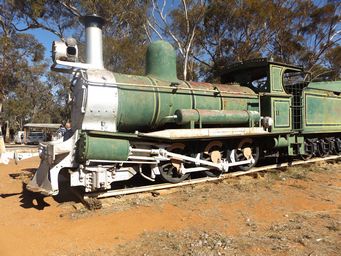
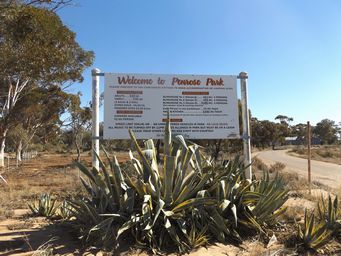
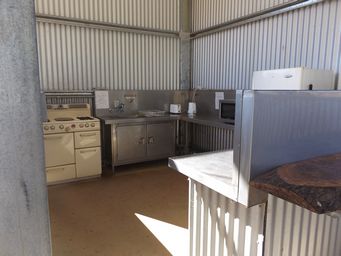
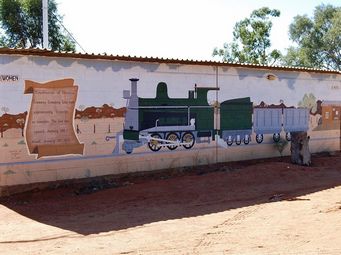
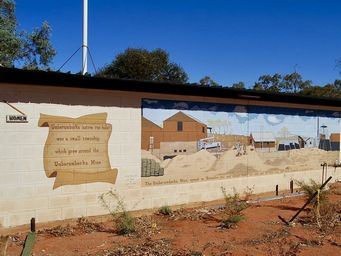
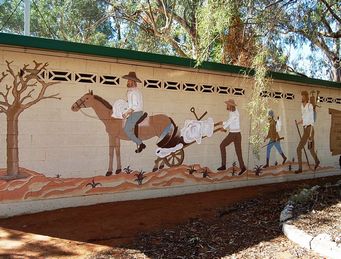
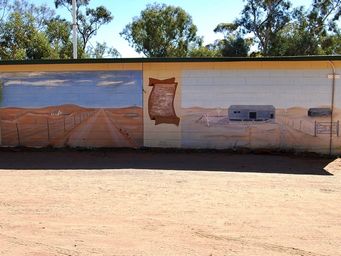
Construction of Silverton Tramway Company line took approximately 12 months to complete. The line was opened January 1888 and
closed January 10th 1970.
Umberumberka (native rat hole) was a small township which grew around the Umberumberka Mine.
The Umberumberka Mine opened in November
1882 and closed down in 1892 and in that time the mine employed a hundred men.
On foot or in the saddle, by coach or by team, the diggers reached Silverton at last.
The amenities blocks at Penrose Park have murals showing the history of Silverton. From the steam train heritage, early mining
with, the first mine in the area at Umberumberka, miners arriving (above left) and at left pastoral stations, which pre-dated mining.